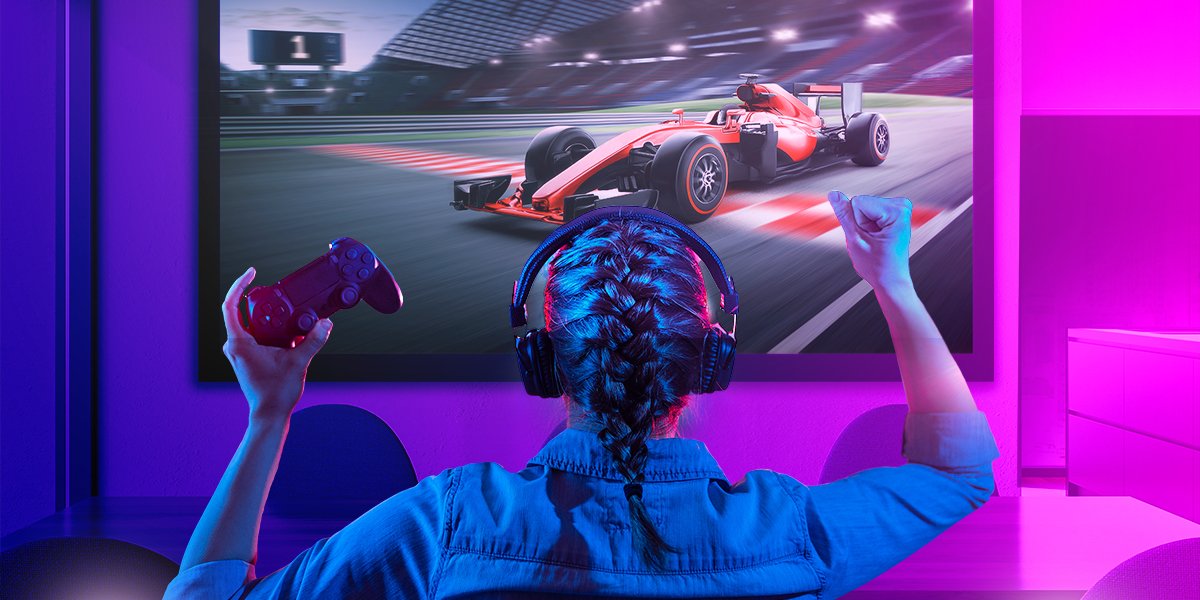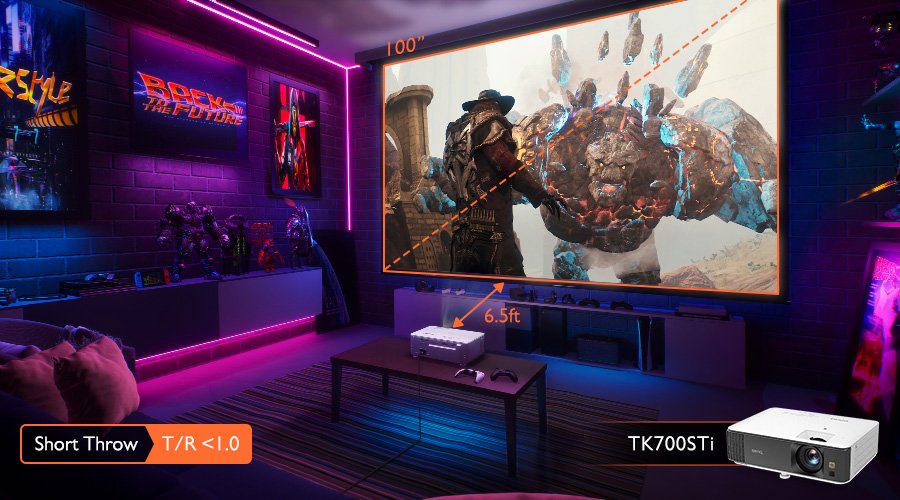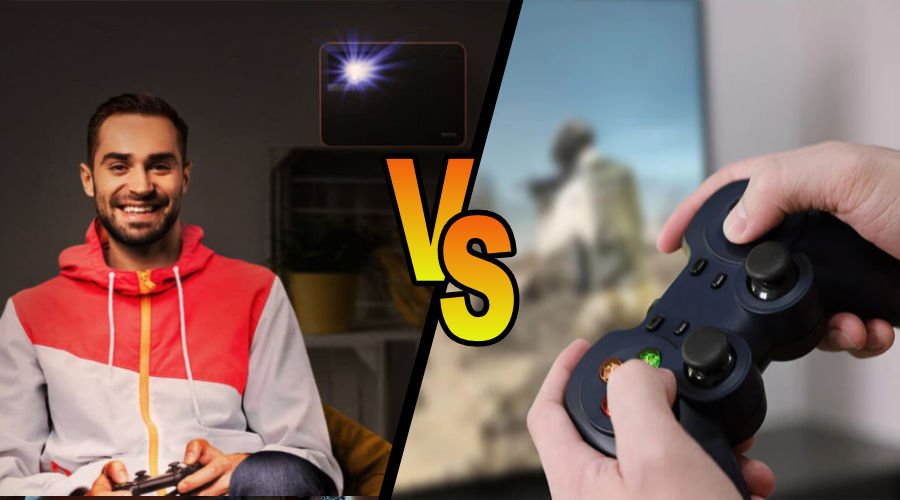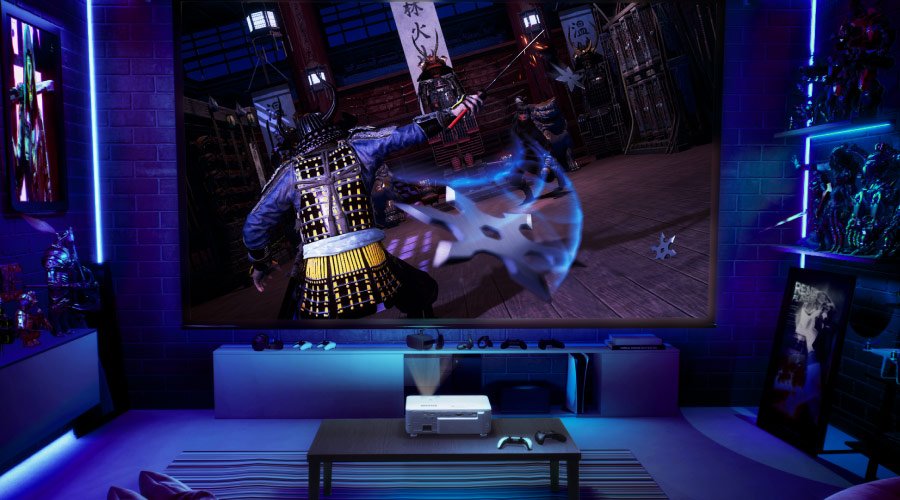Defining short throw projectors is simple. If a projector is capable of showing a 100” image from less than 9 feet or 3 meters, then it’s considered short throw. Projectors that require more than 9 feet or 3 meters to deliver an image 100” in size are regarded as regular throw. This is how throw distance is categorized, but there’s also the issue of throw ratio. That’s the throw distance divided by the image size. Or in other words, how many feet of distance are needed for each foot of screen. Most projectors traditionally had a throw ratio of 2, but modern models can do better.
Within the BenQ lineup of projectors, we can take the TK700 and TK700STi gaming projectors as examples of low throw ratio models. The TK700 needs 8.2ft meters for 100” and has a throw ratio of 1.1 to 1.3, while the TK700STi goes even better with a throw ratio of 0.9 to 1.0 and only needs 6.5ft for 100” displays.
As such, high performance BenQ gaming projectors are designed with short throw distance and low throw ratios while delivering low input latency and true 4K HDR in the case of the TK700 and TK700STi. They’re purpose-made for gaming in more environments, unlike general use or home cinema projectors. Thanks to short throw, set up in smaller spaces is not only possible, but advisable, making big picture format gaming accessible to more consumers.







